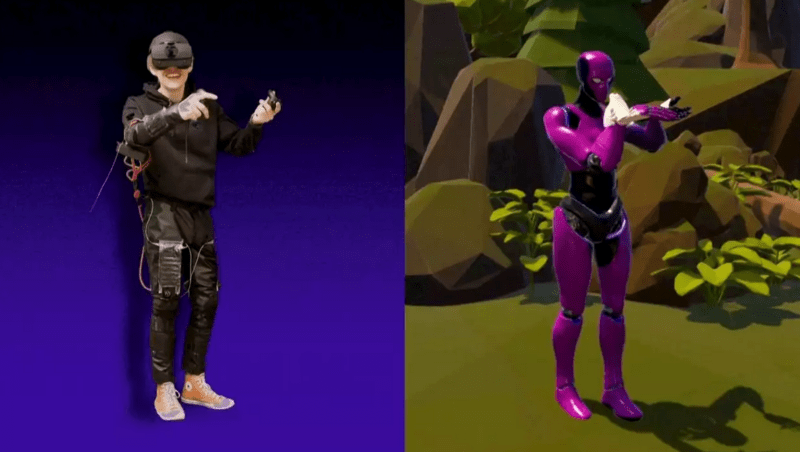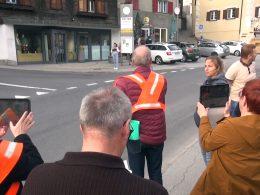Engineers at ETH Zurich have designed a suit with artificial muscles. Experiences in the metaverse are supposed to feel particularly real - in the long term, the invention could help Parkinson's patients.
Parkinson's disease (PD) is a chronic neurological disorder with a slowly progressive course. While motor symptoms can usually be adequately controlled by pharmacological treatment in the early stages of the disease, most anti-Parkinsonian drugs are associated with long-term complications such as motor fluctuations and dyskinesia. Deep brain stimulation Deep brain stimulation (DBS) has emerged as an important treatment option in the moderately severe
to severe stages of PDIngenieure demonstrated. Neurorehabilitation plays an important role in the overall treatment of PD.
Artificial muscles with the Metasuit
Engineers at ETH Zurich have now designed a suit with artificial muscles. Experiences in the metaverse are supposed to feel particularly real this way. Maximilian Eberlein, project manager "Metasuit" "The main idea was to incorporate new artificial muscles - we call them hazel muscles (hydraulically reinforced self-healing electrostatic actuators) into a suit. The suit allows better interaction with virtual reality. So we are able to use these muscles to measure the movements of people without using visual aids, i.e. without cameras. We call it proprioception.
Invention could help Parkinson's patients
In the long term, the invention could help Parkinson's patients. VR-based exercises have already been successfully used in the neurorehabilitation of Parkinson's disease. However, there is not much data on their effectiveness compared to conventional therapies. And yet, shows the Article by ETH ZurichVR-based exercises can definitely increase motivation and promote access to therapies for people with motor disabilities. This is also very important in times of a pandemic like COVID-19. Other studies, such as the V-TIME study, which looked at the effects of VR-assisted treadmill training, also show that VR can help with such diseases on various levels. For example, the fall rate was lower in a group of older adults who trained with VR compared to treadmill training.
Source: ETH








